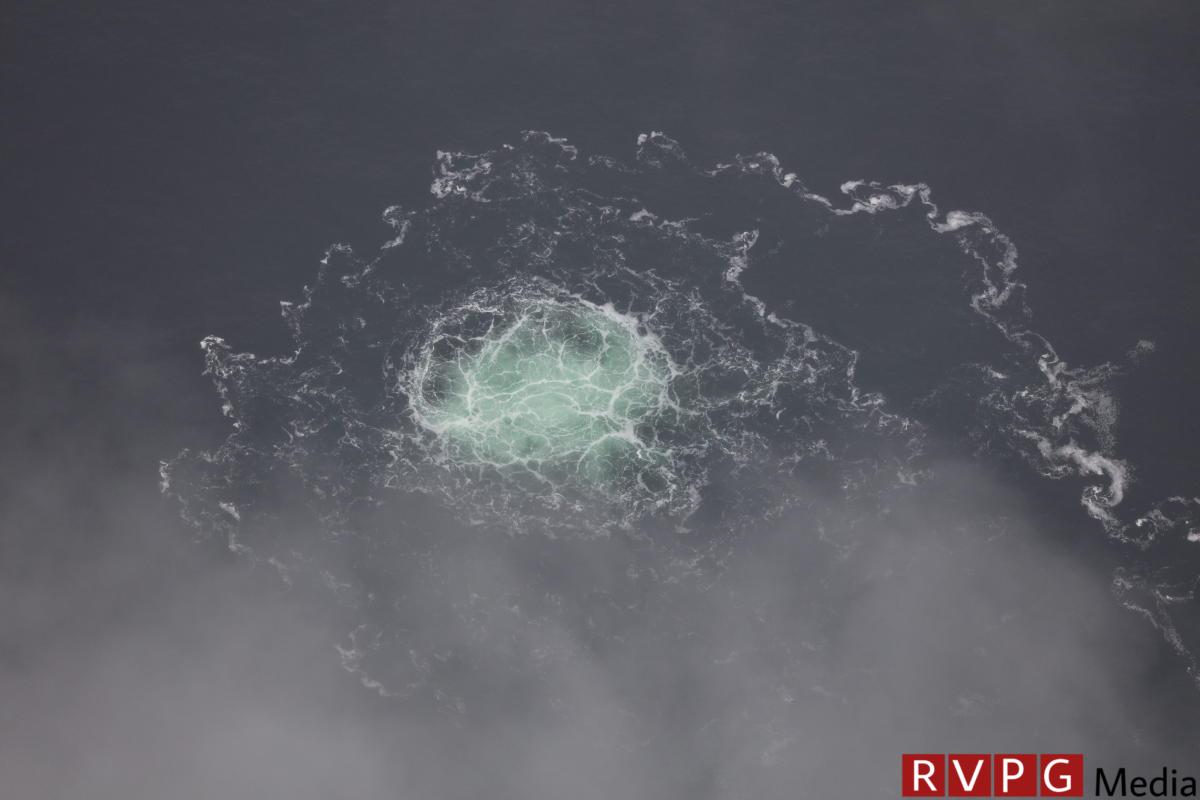HELSINKI (AP) — A Chinese container ship remains the main suspect in causing damage to a Baltic Sea gas pipeline between NATO member states Finland and Estonia last year, Finnish investigators said Thursday.
It has been over six months since significant man-made damage was first detected on the Balticconnector pipeline in Finnish economic waters on October 8, resulting in a significant drop in pressure. Finnish and Estonian gas network operators were forced to shut down the line for several months, a crucial link between the Nordic and Baltic gas markets.
The pipeline, which runs through the Gulf of Finland between the Finnish town of Inkoo and the Estonian port of Paldiski, was put back into operation this week after millions of dollars in repair work.
The National Bureau of Investigation, a branch of the Finnish police, said Thursday that it still believes an anchor on the Hong Kong-flagged cargo ship Newnew Polar Bear, which was en route to St. Petersburg, Russia, came loose was caused the damage found in Balticconnector.
“The investigation has progressed and there has been cooperation with Chinese authorities investigating the case,” Detective Superintendent Risto Lohi, NBI head of investigations, told The Associated Press.
“The main line of investigation remains unchanged – the cargo ship Newnew Polar Bear and its anchor are suspected to be related to the pipeline failure,” Lohi said.
Finnish investigators have not said whether they believe the damage allegedly caused by the Chinese ship was intentional or whether, as some experts have suggested, it was caused by incompetent shipping.
Finnish maritime authorities said at the time of the incident that they had failed to establish radio contact with Newnew Polar Bear’s captain despite several attempts.
Last year, the NBI said an initial investigation by investigators and experts had discovered a trail about 1.5 to 4 meters long on the seabed leading to the point of damage in the gas pipeline. This wake is believed to have been caused by the Newnew Polar Bear’s heavy 6-ton anchor, which was later recovered from the seabed by the Finnish Navy.
“We’re probably talking months away from final conclusions,” Lohi said, pending more information from technical studies and data from NBI’s international partners.
Sauli Niinistö, the former president of Finland, spoke about the Balticconnector case in a video call with Chinese President Xi Jinping in January, but no details of the conversations were disclosed.
At the same time as the Balticconnector pipeline, telecommunications cables connecting Finland and Estonia and Sweden and Estonia were also damaged. Finnish and Estonian authorities believe both cable damages may be related to the Chinese ship.
Janne Grönlund, senior vice president at Gasgrid Finland, said Balticconnector reopened for commercial operations early Monday after gas flow from Finland to Estonia began. A smaller amount of gas also flowed in the other direction.
“I am pleased to say that everything has gone as planned since the pipeline restarted,” he said.
More than a dozen different organizations and companies were involved in the repairs, which were completed in just over six months. Repairing such submarine infrastructure typically takes one to two years, Estonia’s Elering said.
Grönlund said the total cost of the pipeline repair work, which will be carried out entirely using remote-controlled equipment at a depth of 60 meters in the seabed, is estimated at about 35 million euros ($38 million).
It remains unclear who will pay the bill.
Finnish Prime Minister Petteri Orpo initiated talks with European Commission President Ursula von der Leyen last year about European Union funding to repair the pipeline. The EU covered 75% of Balticconnector’s original construction costs of around 300 million euros.
After damage to gas pipelines and data cables, NATO has increased its patrols in the Baltic Sea. The alliance has sent minehunters, maritime patrol aircraft and drones to the region to secure the area and detect suspicious movements near its critical underwater infrastructure.
Finland, an EU country bordering Russia with 5.6 million inhabitants, joined NATO in April 2023 after decades of military non-alignment.
